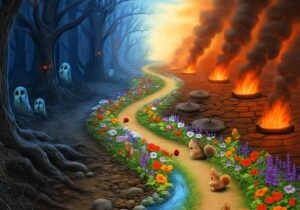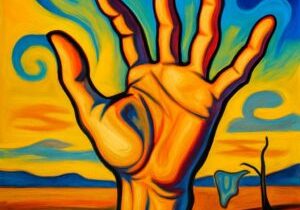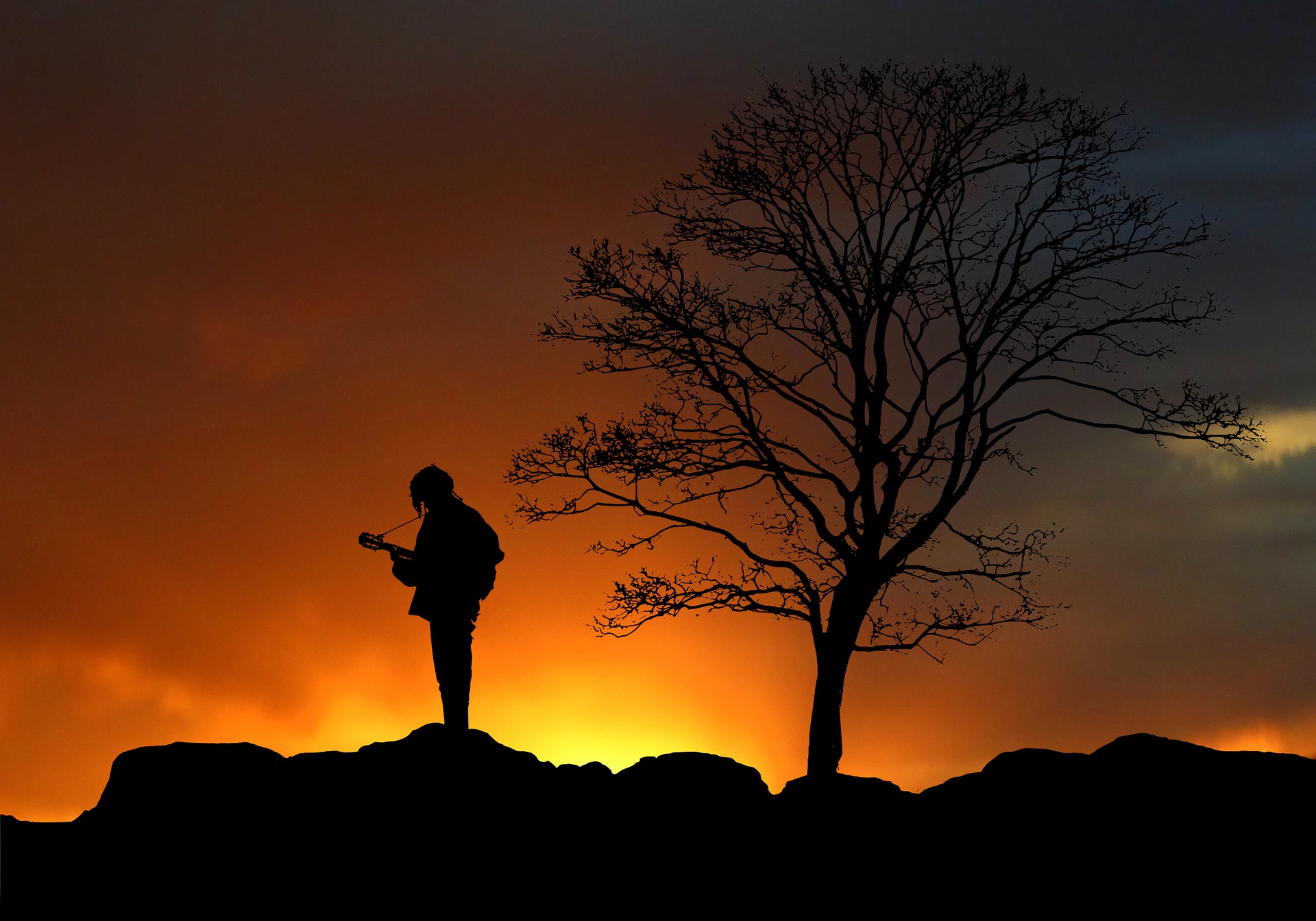
Welcome to #TBT—and today, it’s a look back—AND a look forward—at the fading lifespans of our dear Classic Rock family, the artists and groups who still make a difference in the success of a radio format I’m happy to tell you celebrated its 40th anniversary this spring.
And it continues to operate at a high level ratings-wise as evidenced by the June PPM sweeps where the Classic Hits/Rock formats are scoring their best ratings in a year. Apparently, they are now officially “3-Minute Rule”-friendly, in case you’ve been worried.
Classic Rock is the Timex of radio formats. Or maybe, its mascot should be the Energizer Bunny, rather than Hendrix, Jagger, or Dylan. Today’s post from exactly three years ago addressed what happens when our guitar heroes pass on. Like Brian Wilson, mentioned in this post, who left us just a few weeks back.
Last week in Radio Ink, Research Director’s Steve Allen wondered whether 2025 radio stations will pay homage to artists like Bob Dylan—and he went onto to list many others—when they’ve strummed their last chord.
It’s a good question, of course. But perhaps a better one is questioning what radio is doing while these artists are still very much with us. Did Classic Rock radio feature more Dylan when A Complete Unknown was released? Did stations set up promotional screenings for their core listeners during a time when movie theaters need all the help they can get?
I think by now we see how the game is and will be played. Rather than question everything, why not lean into and enjoy this amazing ride? Baby, I’d be a rich man if I had a buck every time I’ve been asked over these past decades, “But will it last?”
It has. It will. – FJ
July 2022
These summer nights, you’re forgiven if that old Beatles song, “When I’m 64 84″ is rolling through your brain. That’s because many Classic Rock superstars are one heckuva lot closer to 84 than they are to 64.
We should be thankful, plain and simple, that so many are healthy enough to be on the road during these summer months, entertaining us with the greatness of their catalogs of amazing songs. When I think back to what it was like to first be a fan, then a station employee, and finally, a programmer during this era, I am extremely thankful I was fortunate to have lived in the era and work for an amazing radio station (WRIF) owned by a great company (ABC) that allowed me to experience these moments up close and personal.
When young people ask me what it was like, I think most of us had an understanding and an appreciation we were living in a special time. With the Beatles, then the Stones, and a torrent of Brit brilliance from across the pond, the ’60s were magical. And the ’70s hit an amazing stride of rock n’ roll proliferation. It wasn’t just that the music was so good – it was about just how much there was to enjoy.
In the same way we participate in conversations about great shows and series we enjoy on Netflix, Hulu, FX, Apple TV, and all the others, the Classic Rock era gave us music to the 10th power. It seemed like an unstoppable avalanche of brilliance, made more special by the fact that pre-MTV (which debuted in 1981), 90% of the music was on the radio.
In years prior, these musicians made sporadic appearances on TV shows, and you could read about them in Rolling Stone. But it wasn’t until Saturday Night Live in 1975 when producer Lorne Michaels programmed in a couple of live songs by Billy Preston and Janis Ian, two iconic artists of that time. Thus began a tradition of music in every show, interspersed between the skits, the snark, and the sarcasm.
Unlike today, however, where music is everywhere – streaming on umpteen channels and platforms, sliced and diced onto hundreds of satellite radio channels, a video fixture on YouTube, playing out of your TV or wireless speakers, or in your head on your AirPods – it only made sporadic appearances on other media beyond radio. When you called a radio station in the quest for a request, you truly could not hear that song anywhere else, unless of course you bought it.
Today, music is so ubiquitous, it has lost so much of its magic. No artist or group can play “hard to get” or reclusive anymore. They are everywhere – on myriad outlets, and on their band websites, fan clubs, and social media pages.
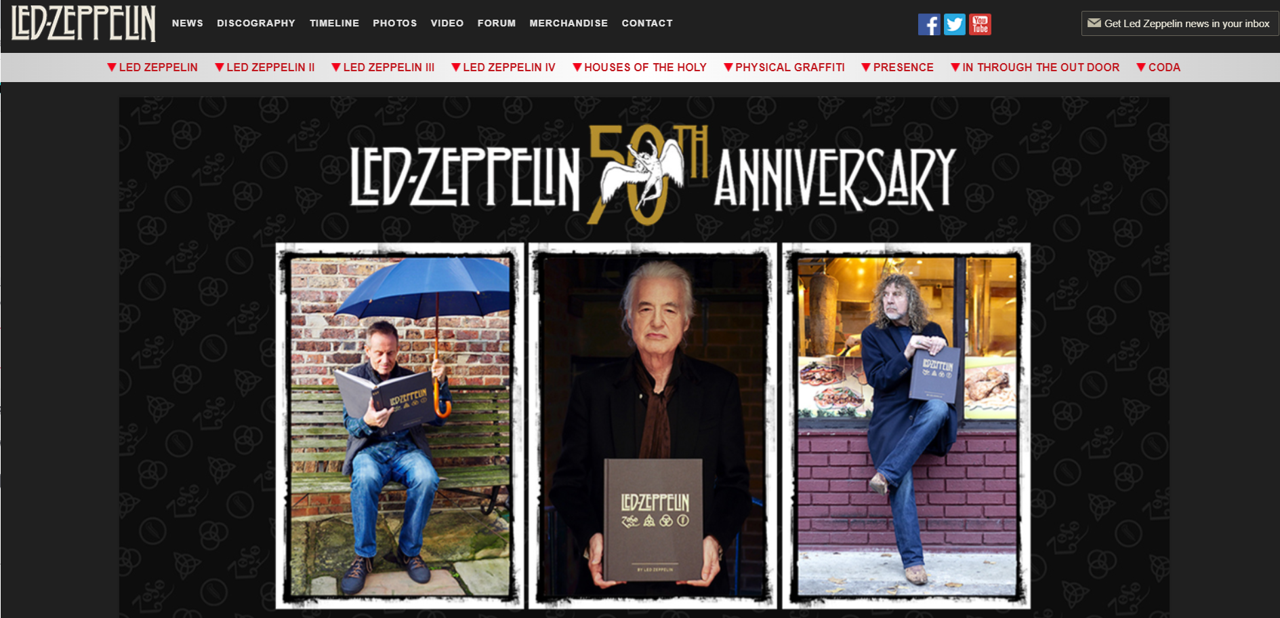
That’s why this summer has already been one for the books. Yes, part of the magic is the COVID fade, making it possible to attend mass events, especially those outside, like stadium shows and festivals. If you’re a fan of Classic Rock – or you’re one of the genre’s many Mt. Rushmore artists – this summer has been about making up for lost time.
When you’re flirting with or have reached the Big 8-0 like Paul McCartney, Brian Wilson, Bob Dylan, and Ringo Starr – all of whom have blown past their chronological stop sign and are still touring – well, these are moments to savor.
That’s especially true in an industry where those who have died young are legends. “The 27 Club” has long been a painful reminder of how so many rockers lived too hard and too fast. Life in the fast lane caught up with the likes of Janis Joplin, Jim Morrison, Jimi Hendrix, and so many others when they were still kids – today’s Millennials.
hard and too fast. Life in the fast lane caught up with the likes of Janis Joplin, Jim Morrison, Jimi Hendrix, and so many others when they were still kids – today’s Millennials.
And that’s precisely why the celebration of so many icons still out on the road, playing their hearts out for us – and of course, for them – has made this time feel…well, miraculous.
So that’s why Brandon Griggs’ last weekend read like the turd in the Classic Rock punchbowl. The title alone – “This summer marks the twilight of classic rock” – was enough to send those shivers down your spine. It reads like click bait for the AARP crowd, a “come on, I dare you” to read this cold blast of reality in an otherwise hot summer.
And it was as if Griggs was warning us, “Don’t have too much fun, guys and gals, because it won’t last.
But then, nothing ever does.
No fewer than six of you sent me the column, kind of like throwing some chum in the water to see if I’ll bite. My professional fate for nearly 40 years (among other things) has been defending Classic Rock music, the radio format, and its pop culture implications.
So, like Lucy with the football, say hello to the Charlie Brown of Classic Rock. I’m all in.
Griggs is a talented writer, and he sees all sides of the paradoxical Classic Rock trapezoid. After all, it’s illogical. Townshend, McCartney, Roger Waters, Clapton, Elton, and their aging mates never fathomed they’d still be touring at the ages their dads and mums were collecting retirement, disability, and survivors benefits.
He reminds us that more than a century ago, the Who sneered “Hope I die before I get old.” And this summer, Pete, Roger, and the other members of this much-celebrated band hit the stage – despite the two frontmen being in their seventies.
And who could have predicted that so many twenty and thirtysomethings would pay the exorbitant prices for these Classic Rock shows, their merch and the vinyl for their turntables? Or that teens at the mall would be proudly sporting Doors and Zeppelin T-shirts?
Griggs takes us on a meandering tour of the landscape, starting with Carlos Santana‘s collapse on stage here at Pine Knob outside Detroit, and then reminding us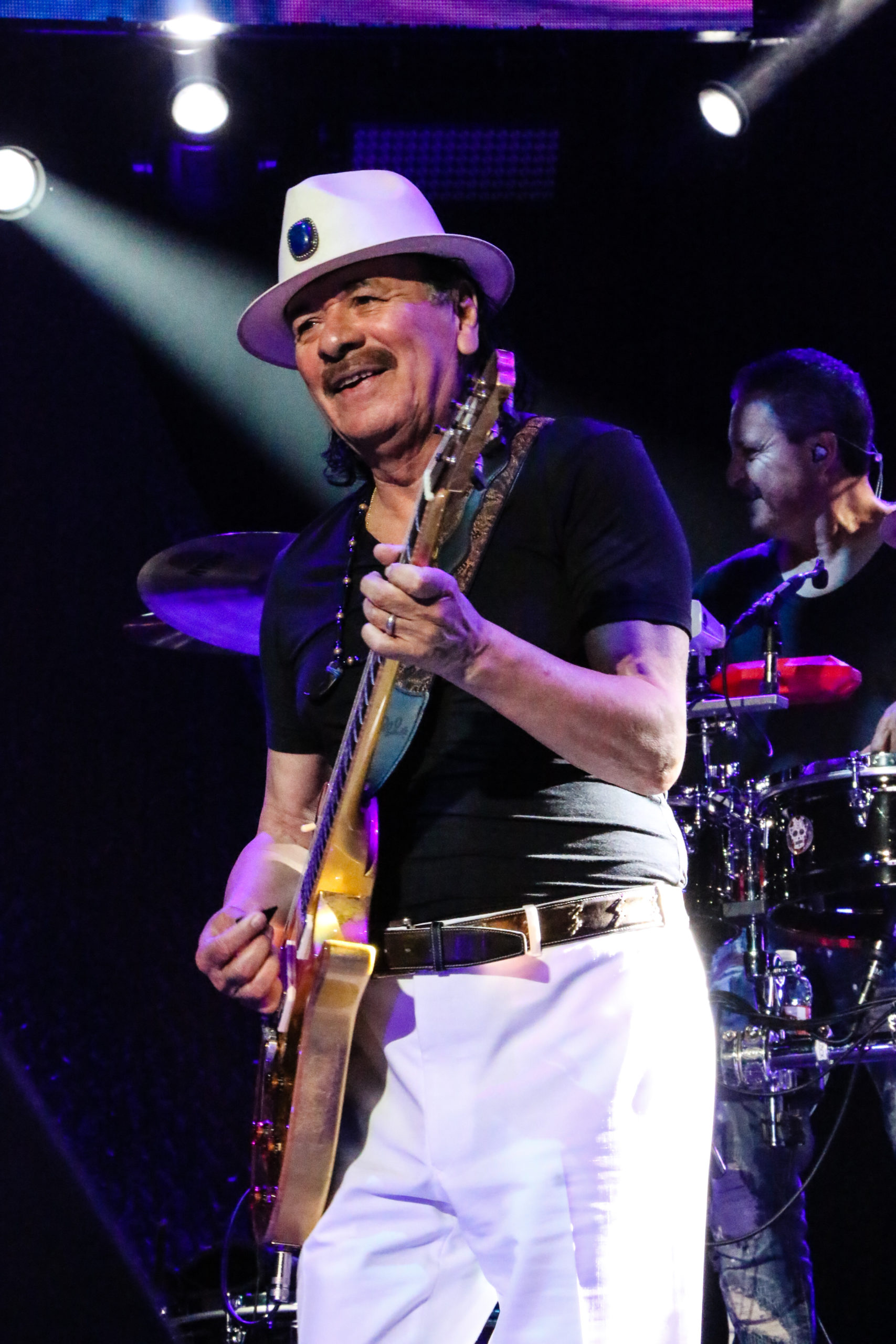 about how thrilling and majestic it is to witness rock n’ roll history in this pandemic-scarred period we’ve collectively endured.
about how thrilling and majestic it is to witness rock n’ roll history in this pandemic-scarred period we’ve collectively endured.
Then the rollercoaster ride heads back down as we’re remind just how old these artists truly are, and that their deaths are likely imminent – if not sooner.
And then there’s that sweeping gratitude for the fact that so many of them are still alive – Sly Stone, Bob Seger, even Ozzy. And they have somehow survived the ravages of the lifestyles they once embraced and embellished.
There’s good news – Griggs lauds Classic Rock, the radio format, and remarks on its media omnipresence – on Spotify, SiriusXM, or when you’re with your Uncle Greg.
And in the next breath, the eulogy takes flight:
“As more rock legends die in the coming years, the last vestiges of an era will die with them,” Griggs cautions us. And yet the classical music patriarchs from centuries ago are still celebrated today – in recordings and in performances by symphony orchestras in every major metro in the word, the genre’s equivalent of “tribute bands,” paying homage to Beethoven, Brahms, and Mozart.
Why wouldn’t Classic Rock be celebrated in much the same way – a hundred years from now?
As he closes this schizophrenic analysis of Classic Rock and its iconic artists, Griggs laments that geriatric performers cannot do the things they used to do, but there is still much to celebrate during a summer where so much has gone seriously wrong. His kicker goes to the essence of how I see this period where so many Classic Rockers have strapped on that guitar strap, jumped on the tour bus, and given us indescribable joy:
“But they are still out there night after night, doing what they love. They have given us so much. We are lucky to have had them this long.”
Amen, Brandon Griggs.
Throughout Classic Rock’s improbable journey on the radio waves these past decades, I have learned a great deal about this music and the impact it has on people, families, and even communities. During the terrible lows of the early weeks of the pandemic, Paul and I hooked up with David Fishof and Britt Lightning of “Rock n’ Roll Fantasy Camp” fame to produce a series of virtual meet-ups with a series of classic artists that included Roger Daltrey (pictured), Alice Cooper, and other classic stars. Seeing and hearing the joy from fans as they got to see their heroes’ studios, living rooms, and talk about the music was a priceless experience.
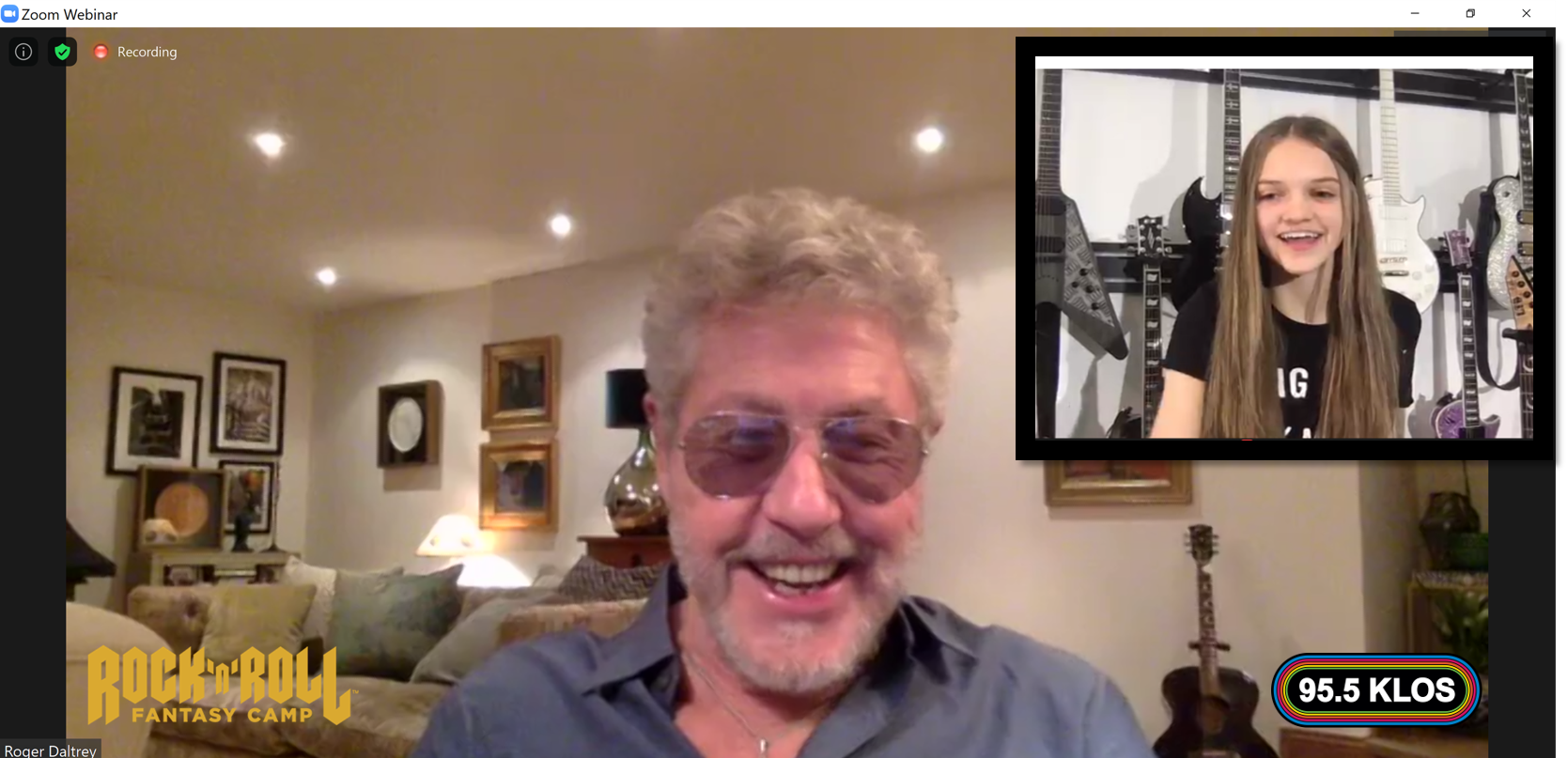
From the get-go, naysayers were worried about the ravages of repetition and burnout. After all, just how long would people stomach hearing this collection of classics. But like Beethoven’s “Fifth” or the Mona Lisa, fans appreciate and celebrate the masters, whether they’re named Listz or Lennon, or Mercury or Mozart.
Back in the late ’80s when Classic Rock songs started showing up in TV commercials and on movie soundtracks in abundance, a worried GM asked me if I was concerned about the music being overexposed. Like Griggs, my suggestion at the time, as well as today, is to simply go with the flow, and let these trends play out.
For many younger people and even adults who missed rock radio in the ’60s and ’70s, hearing Zeppelin’s “Rock and Roll” spearheading a Cadillac campaign, or watching Tom Cruise dance to “Old Time Rock & Roll” in Risky Business has exposed the music to entirely new legions of fans. Or Walmart pitching “Black Friday” with the help of AC/DC?
Griggs brings up the bittersweet feeling that watching and listening to these once young stars now struggle to hit the high notes or the leg kicks are reminders of our own mortality. Some feels it’s just sad to watch these artists fall short of their once-vibrant performances.
I get it. I endured this with B.B. King before he passed away in 2015 at 89. I loved watching the man sing the blues like no other, making his guitar “Lucille” talk.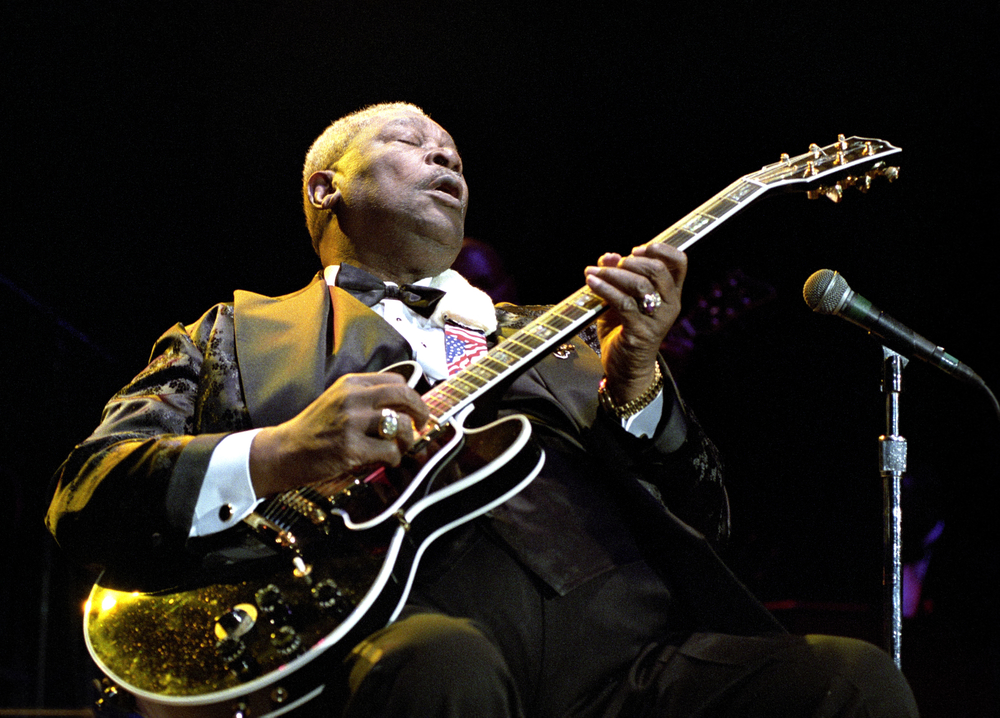 But in the later years, B.B. who suffered from diabetes, Alzheimer’s, and other maladies, was a shadow of his former self in concert. He became tethered to his stool, and cut way back on his playing, saving his energy and stamina for the choruses. As a fan, it was sad, and I finally opted out of seeing him near the end of his touring career.
But in the later years, B.B. who suffered from diabetes, Alzheimer’s, and other maladies, was a shadow of his former self in concert. He became tethered to his stool, and cut way back on his playing, saving his energy and stamina for the choruses. As a fan, it was sad, and I finally opted out of seeing him near the end of his touring career.
But on the other hand, so many Classic Rockers have been somehow able to summon up the energy to still bring in, despite their chronological ages that suggest a hammock rather than a “windmill.”
Elton John may be a bit creaky when he walks on and off the stage. But his touch on those “88’s” and his powerful singing voice are intact, along with his band mates, most of whom have been with him since “Your Song.”
McCartney is an anomaly. His shows last hours, he’s on his feet most of the night (when he’s not sitting at the piano), and doesn’t even visibly sip H2O during the show. If it’s possible to still be the “cute Beatle” at 80, he has managed to pull it off.
And then there are the Stones, defying every law of aging possible. Or explain to me how Keith Richards is still here.
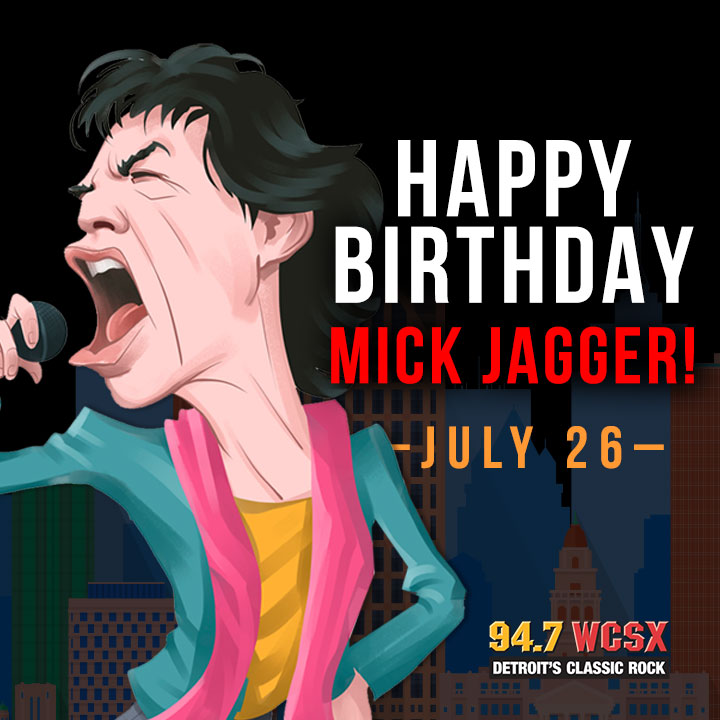 Scott Jameson, whose programming acumen has guided WCSX down the street here in Detroit these past couple years, has shown a deft touch. Rather than run from milestones, he leans into them – and even celebrates them. For Sir Paul’s 80th birthday to the Stones’ “Sixty,” CSX never misses a chance to high five and fist bump its audience as both party around these red letter dates.
Scott Jameson, whose programming acumen has guided WCSX down the street here in Detroit these past couple years, has shown a deft touch. Rather than run from milestones, he leans into them – and even celebrates them. For Sir Paul’s 80th birthday to the Stones’ “Sixty,” CSX never misses a chance to high five and fist bump its audience as both party around these red letter dates.
Here’s how Scott explains it:
“Many will say, call it a career, remember the ‘better years,” but I don’t think Boomers and beyond are wired that way. They’re living Life 2.0 with a fierce determination to carry on. Our society gets too hung up on aging. Jagger turned 79 yesterday and still makes moves like – well, you know.”
Many bands have lost key players over the years, but like the music itself, most are survivors. There’s an insatiable will most have to continue doing what they love. Roger Waters represents Pink Floyd brilliantly, Brian May has kept Queen afloat with brilliant Freddie Mercury replacements, and even the Grateful Dead still abide without Jerry Garcia, as the unlikely pinch hitter, John Mayer, has done more than suffice for most Dead Heads.
I liken it to attending the 50th anniversary or the 80th birthday of loved ones. You don’t go to the party thinking “This sucks. They’ll probably leave this earth soon.”
 No, you enjoy the time you’ve spent with them – throughout your past, right up through the celebration itself. You remember the good times. They bring back floods of memories of your own milestones and precious moments. Through them, you’ve learned important lessons about love, loss, retribution, and resilience.
No, you enjoy the time you’ve spent with them – throughout your past, right up through the celebration itself. You remember the good times. They bring back floods of memories of your own milestones and precious moments. Through them, you’ve learned important lessons about love, loss, retribution, and resilience.
In the craziest of summers, there are great concerts left to see that will be unforgettable during a time that been consumed by so much sadness, turbulence, and loss.
The legacy of Classic Rock is survival, euphoria, and joy. Those of us “in the demo” should be damn thankful we were alive to witness it. And for our children and grandchildren, and generations to come, the music will be there for them.
“Welcome back, my friends, to the show that never ends.”
Thanks to Scott Jameson, Ken Calvert, Jon Sinton, Greg Gillespie, and Beau Phillips, and my Classic Rock “board of directors.”
Originally published by Jacobs Media



